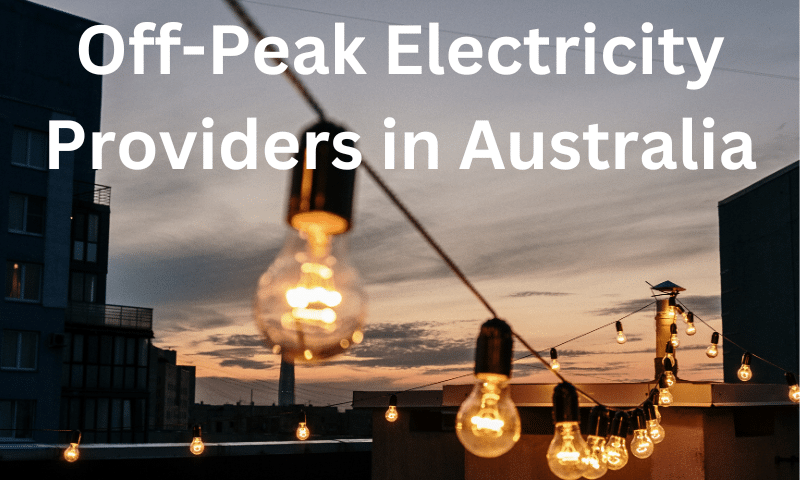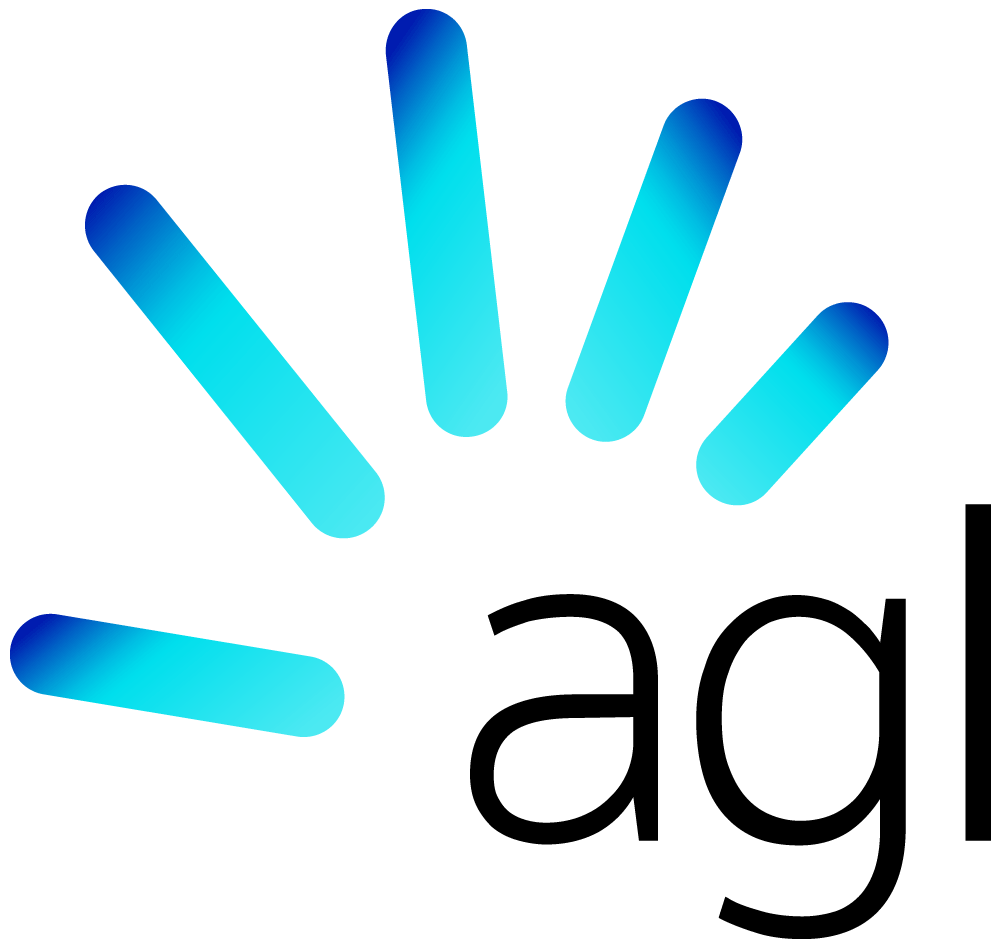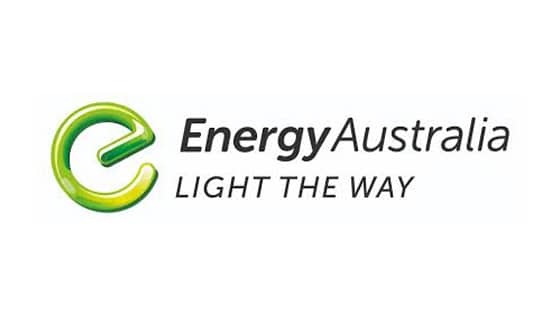
On this page
As electricity prices continue to rise in Australia, more and more consumers are looking for ways to reduce their energy costs. One way to do this is by taking advantage of off-peak electricity rates. Off-peak electricity is used during non-peak times, typically overnight, when demand is lower. This type of electricity can be much cheaper than peak electricity, making it an attractive option for those looking to save money on their energy bills.
You may already have an energy plan but want to shop for a better deal.
Energy Matters’ “Energy Health Check” is a cutting-edge energy comparator tool that allows you to compare your area’s most competitive retail offers. We collect the data from our wide range of trusted retailers, allowing you to decide about changing your plan.
If your goal is to minimise the cost of your gas and electricity bills, switch to a better plan now!
Understanding peak and off-peak energy times
Understanding peak, especially off-peak energy times, is crucial for both residential and commercial consumers in Australia. It can help reduce electricity bills and support sustainable energy usage.
Peak energy times
Peak energy times are when electricity consumption is high, usually during weekdays and business hours. Energy providers charge higher rates during peak hours to incentivise consumers to shift their energy consumption to off-peak hours, helping to balance the demand for energy, and reduce the strain on the grid.
Peak energy times in Australia vary across different energy providers and states. Generally, peak energy times for residential consumers in Australia are between 7 am and 10 pm on weekdays, while commercial consumers may have different peak energy times depending on their usage patterns.
Off-peak energy times
Off-peak energy times vary across different energy providers and states in Australia. Generally, off-peak energy times for residential consumers in Australia are between 10 pm and 7 am on weekdays and all day on weekends and public holidays. Commercial consumers may have different off-peak energy times depending on their usage patterns.
Peak electricity times and off-peak electricity times in Australia
Consumers with a ‘time of use’ or ‘flexible pricing’ tariff will pay peak and off-peak electricity rates. To accomplish this, a smart metre must be put on the premises.
You can discuss the time of usage rate with an electricity provider in your area. It frequently results in cost savings, especially if the user consumes less electricity at night. However, if you do not link your energy habits to this option, you may end up spending more money.
Users with single rate tariffs, on the other hand, may believe that various energy rates are paid at different times of the day. Don’t be perplexed. A single rate tariff is used by the vast majority of Australian homes. If you have any questions about the type of energy tariff you are using, consult your bill or contact your energy provider.
Peak, off-peak, and shoulder electricity usage hours vary by energy provider and state. As a general guide, the times for AGL, Origin, and EnergyAustralia are below. You can research their energy pricing information sheets for peak and off-peak use hours and costs if you have a different provider.
EnergyAustralia peak and off-peak electricity times
Please keep in mind that these time periods are subject to change, which is why it is always better to consult the energy pricing information sheets.
NSW (Ausgrid)
In New South Wales, EnergyAustralia goes a step further and offers peak and off-peak electricity tariffs that change between the summer and winter months – a seasonal time of use tariff.
Peak: 2pm to 8pm on weekdays
Shoulder: 7am to 2pm and 8pm to 10pm on weekdays, 7am to 10pm weekends
Off-peak: 10pm to 7am every day
Peak: 5pm to 9pm weekdays
Shoulder: 7am to 5pm and 9pm to 10pm weekdays, 7am to 10pm on weekends
Off-peak: 10pm to 7am every day
Peak: Not applicable
Shoulder: 7am to 10 pm every day
Off-peak: 10pm to 7am every day
SA (SA Power Networks)
Peak: 12am to 1am, 6am to 10am and 3pm to 12am on every day
Shoulder: 10am to 3pm every day
Off-peak: 1am to 6am every day
QLD (Energex)
EnergyAustralia currently does not provide a time of use pricing to its Queensland consumers. It does, however, provide a demand tariff with a peak time of 4pm to 9pm.
VIC (Citipower)
Peak: 3pm to 9pm every day
Shoulder: Not applicable
Off-peak: 9pm to 12am and 12am to 3pm every day
While the times listed above are approximate, keep in mind that off-peak and peak hours may differ slightly between the various distribution networks in Victoria and New South Wales.
AGL peak and off-peak electricity times
VIC (Citipower)
Peak: 3pm to 9pm every day
Shoulder: Not applicable
Off-peak: 9pm to 12am and 12am to 3pm every day
NSW (Ausgrid)
Peak: 2pm to 8pm weekdays
Shoulder: 7am to 2pm and 8pm to 10pm weekdays, 7am to 10pm weekends
Off-peak: 10pm to 7am every day
QLD (Energex)
Peak: 4pm to 8pm weekdays
Shoulder: 7am to 4pm and 8pm to 10pm weekdays, 7am to 10pm weekends
Off-peak: 10pm to 7am every day
SA (SA Power Networks)
Peak: 12am to 1am, 6am to 10am and 3pm to 12am every day
Shoulder: 10am to 3pm every day
Off-peak: 1am to 6am every day
Origin peak and off-peak electricity times
VIC (Citipower)
Peak: 3pm to 9pm every day
Shoulder: Not applicable
Off-peak: 12am to 3pm and 9pm to 12pm every day
Please remember that the above rates are based on Victoria’s default two-period time of use tariff.
NSW (Ausgrid)
Peak: 2pm to 8pm weekdays
Shoulder: 7am to 2pm and 8pm to 10pm weekdays, 7am to 10pm weekends
Off-peak: 10pm to 7am every day
Peak: Not applicable
Shoulder: 7am to 10pm every day
Off-peak: 10am to 7am every day
Peak: 5pm to 9pm weekdays
Shoulder: 7am to 5pm and 9pm to 10pm weekdays, 7am to 10pm weekends
Off-peak: 10pm to 7am every day
Please keep in mind that the rates listed above are for Origin’s seasonal time of use tariff. However, the retailer also provides a standard time of use tariff, with peak and off-peak times similar to those observed from November 1 to March 31.
Please keep in mind that the rates listed above are for Origin’s seasonal time of use tariff. However, the retailer also provides a standard time of use tariff, with peak and off-peak times similar to those observed from November 1 to March 31.
QLD (Energex)
Peak: 4pm to 8pm weekdays
Shoulder: 7am to 4pm and 8pm to 10pm weekdays, 7am to 10pm weekends
Off-peak: 10pm to 7am every day
SA (SA Power Networks)
Peak: 6am to 10am, 3pm to 1am every day
Shoulder: 10am to 3pm
Off-peak: 1am to 6am

Who can change their energy providers?
Residents in the following Australian states and territories have the option of selecting their electrical power and gas suppliers:*
- Australian Capital Territory (ACT)
- New South Wales (NSW)
- South Australia (SA)
- South-East Queensland (SE QLD)
- Victoria (VIC)
Some Western Australia (WA) residents can choose their gas provider if they live in the Perth metropolitan region. Tasmanians and Northern Territory (NT) residents have a restricted number of suppliers to choose from.
*Please remember that this page’s information applies solely to National Electricity Market (NEM) states and territories (i.e., NSW, QLD, ACT, SA, VIC, and TAS).
Who can’t choose their electricity provider?
Residents in the states and territories listed below are unable to change their electricity provider due to current regulations:
- Regional Queensland residents outside of the South-East
- Western Australians.
Top 5 off-peak electricity providers
Here are the top 5 off-peak electricity providers available in Australia in 2023, along with their benefits and drawbacks:
1. Red Energy

Red Energy is one of the most popular off-peak electricity providers in Australia. They offer a range of plans that allow customers to take advantage of off-peak electricity rates. Their plans are flexible, with no lock-in contracts and no exit fees. They also offer competitive rates and a range of payment options.
2. Powershop

| State | Powershop Gas | |
| New South Wales | ||
| ACT | ||
| Victoria | ||
| Queensland | ||
| South Australia | ||
| Western Australia | ||
| Tasmania | ||
| Northern Territory | ||
Powershop is another popular off-peak electricity provider in Australia. They offer a range of plans that allow customers to take advantage of off-peak electricity rates. They also offer a range of payment options, including the ability to pay in advance for discounted rates.
One benefit of Powershop is that they offer solar feed-in tariffs, allowing customers with solar panels to receive credits for the excess energy they generate.
3. AGL

| State | AGL Gas | |
| New South Wales | ||
| ACT | ||
| Victoria | ||
| South-East Queensland | ||
| South Australia | ||
| Western Australia | ||
| Tasmania | ||
| Northern Territory | ||
AGL is a well-known energy provider in Australia, offering a range of plans that allow customers to take advantage of off-peak electricity rates. They offer competitive rates and a range of payment options, including the ability to pay in advance for discounted rates.
One benefit of AGL is that they offer solar feed-in tariffs, allowing customers with solar panels to receive credits for the excess energy they generate.
4. EnergyAustralia

EnergyAustralia is another popular off-peak electricity provider in Australia. They offer a range of plans that allow customers to take advantage of off-peak electricity rates. They also offer a range of payment options, including the ability to pay in advance for discounted rates.
One benefit of EnergyAustralia is that they offer solar feed-in tariffs, allowing customers with solar panels to receive credits for the excess energy they generate.
5. Origin Energy

| State | Origin Gas | |
| New South Wales | ||
| ACT | ||
| Victoria | ||
| Queensland | ||
| South Australia | ||
| Western Australia | ||
| Tasmania | ||
| Northern Territory | ||
Origin Energy is a well-known energy provider in Australia, offering a range of plans that allow customers to take advantage of off-peak electricity rates. They offer competitive rates and a range of payment options, including the ability to pay in advance for discounted rates.
One benefit of Origin Energy is that they offer solar feed-in tariffs, allowing customers with solar panels to receive credits for the excess energy they generate.
Origin Energy is a fully integrated energy firm that generates and sells electricity and natural gas to Australian households. Below is the summarise where Origin Energy sells energy and gas.
Why should I change energy providers?
With so many options available, choosing the right energy provider for your home or business can be overwhelming. However, switching energy providers can bring many benefits to both your finance and the environment.
One of the most significant benefits of switching energy providers is that it can lead to lower energy bills. You can find a plan that better suits your energy usage needs and budget by comparing energy providers. In addition, many energy providers offer discounts and promotions for new customers, which can save you money on your energy bills.
Not all energy providers offer the same level of customer service. If you are unhappy with your current provider’s customer service, it may be time to consider switching to a provider that offers better customer support. Look for an energy provider with positive reviews and responsive customer service to ensure your energy needs are always met.
If you’re concerned about the environment, switching to an energy provider that offers more renewable energy options can help reduce your carbon footprint. Many energy providers in Australia offer renewable energy plans that source energy from solar, wind, or hydropower. Choosing a renewable energy plan can support the transition to a more sustainable energy future. It is also important to see where the provider is investing in new sources of energy.
Switching energy providers can give you greater control over your energy usage. By choosing a provider with a smart meter or online energy monitoring tools, you can track your energy usage and adjust your habits to save money on your bills. Some energy providers even offer real-time energy usage data, which can help you identify when you’re using the most energy and where you can cut back.
Finally, switching energy providers can give you more flexibility in payment options. Many providers offer different payment plans, such as pay-as-you-go or monthly billing, to suit your financial needs. You can also choose to pay your bills online, by phone, or by mail, depending on your preferences.
What should you look for in an energy plan and provider?
Energy is essential to our daily lives, powering our homes, businesses, and industries. Choosing an energy plan and provider is an important decision that can affect your budget and energy usage. With so many providers and plans, figuring out where to start can take time.
The first thing you should consider when choosing an energy plan is the type of plan that suits your needs. It is advisable to compare different energy plans and choose the one that best suits your needs.
Energy rates are the amount you pay for the electricity and gas you consume. When comparing energy plans, it is essential to compare the rates different providers offer. You can compare the rates of different plans by looking at the cost per kilowatt-hour (kWh) for electricity and the cost per megajoule (MJ) for gas. Choose an energy plan with rates that fit your budget and energy consumption.
The contract length is another factor to consider when choosing an energy plan. Energy providers offer contracts for different lengths, ranging from one month to several years. Short-term contracts provide more flexibility, but they usually come with higher rates. Long-term contracts offer more stable rates but may come with early termination fees. Choose an energy plan with a contract length that suits your needs.
Many energy providers offer discounts and benefits to attract customers. These discounts and benefits can include pay-on-time discounts, direct debit discounts, green energy options, and loyalty rewards. It is advisable to compare the discounts and benefits offered by different providers and choose the one that offers the most value for money.
Good customer service is essential when choosing an energy provider. Look for a provider with a good reputation for customer service, including easy bill payment options, online account management, and responsive customer support. You can check customer reviews and ratings to get an idea of the quality of service provided by different providers.
Is solar energy suitable for your home and business?
Energy Matters has been a leader in the renewable energy industry since 2005 and has helped over 40,000 Australian households in their journey to energy independence.
Let us discuss and choose the best quote that suits your needs and budget, and we can connect you with our trusted local solar installers in Melbourne, who will provide up to 3 FREE quotes for your home and business solar energy system. Get your free quotes today!
Energy Matters will feature stunning homes installed with the latest solar technology every Saturday at 4.30 pm on Open Homes Australia on the 9Life channel. Be sure to watch this show; you don’t want to miss it!













































